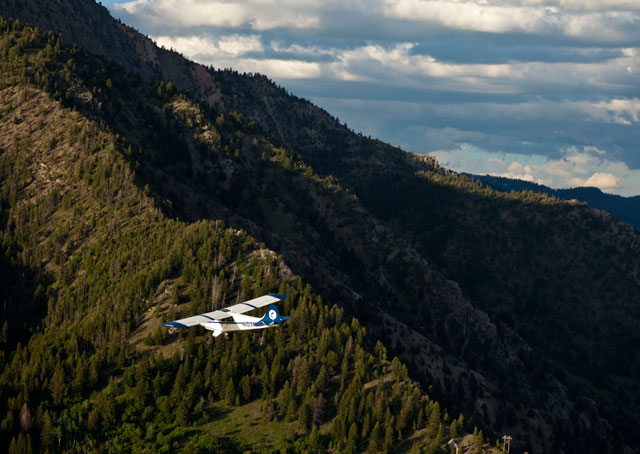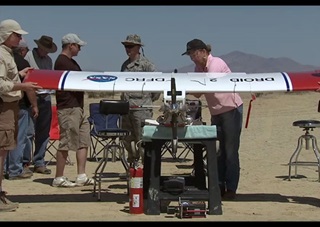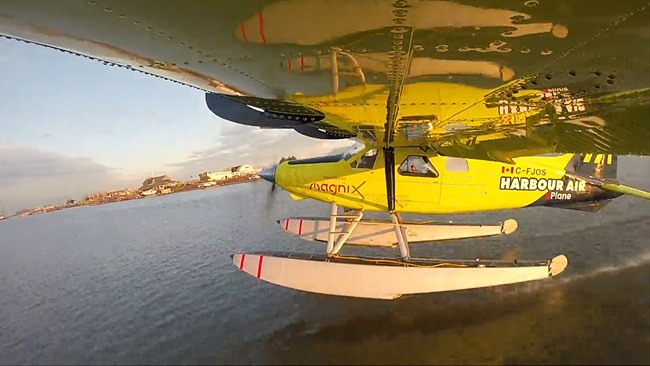 If you’ve visited Mountain View, California, or Austin, Texas, lately, you may have seen Google’s prototype cars without drivers in action. Google is not alone in the race to automate automobiles: Car makers have in recent years rolled out a variety of computer-driven safety features like automatic braking to avoid collisions. More so than most, Google is banking on consumers being willing to cede full control to the computer (prototypes tested recently by journalists do contain an emergency stop button, along with window controls), having determined that the driver is the least reliable part of the car.
If you’ve visited Mountain View, California, or Austin, Texas, lately, you may have seen Google’s prototype cars without drivers in action. Google is not alone in the race to automate automobiles: Car makers have in recent years rolled out a variety of computer-driven safety features like automatic braking to avoid collisions. More so than most, Google is banking on consumers being willing to cede full control to the computer (prototypes tested recently by journalists do contain an emergency stop button, along with window controls), having determined that the driver is the least reliable part of the car.
While lacking in reliability, humans have perception and intelligence that machines cannot yet match. Giving a machine full control of an aircraft and integrating that machine-driven aircraft in the airspace is much more challenging than creating a driverless car, though making aircraft more automated (even to the point of full autonomy) remains a goal of many, and a critical element of building a mass transit system based on tiny aircraft that can fly themselves.
Google believes self-driving cars would dramatically reduce accidents, congestion, and give new mobility to those unable to drive themselves. (Chris Urmson, Google’s director of self-driving cars, explained the philosophy and execution of this concept in a March Ted Talk.) The safety equation is very different for aircraft.
“I think Urmson is right that for cars, replacement (of the human driver) is required to realize transformational capabilities,” said Kenneth Goodrich, a NASA expert on human machine interfaces and one of the leaders of the agency’s research into autonomous transportation.
Developing an aircraft able to carry out a mission without human input, without the benefit of human expertise, has proved to be a bigger challenge than some thought it would be decades ago. Even as more and more aircraft take to the skies and fly on their own, from the first full-size helicopter to fly autonomously in 2010 to more recent efforts, including the first flights of a remote-controlled Diamond DA42 for FAA-authorized sense-and-avoid tests in June, the basic technologies required for autonomous flight are progressing.
But aircraft able to mimic the capabilities of a Google car in the air, carrying passengers with no aviation expertise or role to play in the safe conduct of the flight, are not yet on the horizon. NASA and others have envisioned a future when such capability could transform transportation in remarkable ways, dramatically reducing the time people spend commuting. Personal air vehicles able to operate from tiny airports, or even helipads built into cloverleaf highway interchanges, requiring no pilot training, are the key to realizing the vision shared by NASA engineers and private organizations like the CAFE Foundation. Brien Seeley, president of that organization, detailed his own concept for such a system in a paper for the American Institute of Aeronautics and Astronautics this year, enthusiastically touting the potential of such a system to safely transport people and cargo from point to point using small, autonomous vehicles.
While it may seem like a short leap from today’s most sophisticated autopilots and Google cars to self-flying aircraft, the technology gap that remains to be bridged is actually quite significant, Goodrich said.
“The challenge is that current systems, military and civil, have failure modes that revert back to standard stick-to-surface flying, and this can't be tolerated if the goal is to reduce training (requirements). The PAV application requires that all failure modes to require no unique handling skills.”
Replacing the human pilot is much more complicated, in large part because an aircraft can be minutes, or tens of minutes away from safety in an emergency, rather than a few seconds. Google’s driverless cars racked up 1.2 million miles of testing before the first collision that resulted in injuries, “minor whiplash,” Urmson reported in a July blog post. In each case, Google has blamed the human in the other vehicle for making an error that led to a collision. While the machine-operated car can, in theory, make the risk of automobile collisions that cause damage or injury vanishingly small (particularly as more cars are run by machines), Goodrich said acceptance of automotive autonomy and aviation autonomy share some significant hurdles, among them a willingness on the part of users to allow machines to make judgments about safety and risk.
What if a machine refuses a trip to the hospital because it's snowing, Goodrich said, posing a hypothetical that illustrates a potential conflict: “Say your wife is going into labor and you need to get to the hospital. If you were driving yourself you’d accept a higher level of risk for that trip.”
Pilots often make much more complex judgment calls before a flight. "Are we going to allow (autonomous vehicles) to decide?”
Goodrich said current research anticipates humans playing some role in the conduct of even highly automated missions for the foreseeable future.
“The metaphor we’ve been using for our own internal research is kind of a horse and rider pair.” The rider remains in overall command of the mission, able to make decisions and direct action. “At the same time they’re not controlling forces and moments on the control surfaces as we do today. Just like riding a horse, you don’t tell it where to put its feet.”
Autopilots grow up
It has already been a decades-long march. In fact, the effort to automate aircraft began very early. The basic autopilot, a mechanical device to keep wings level without human intervention, was first demonstrated in 1914: Lawrence Sperry stunned a crowd gathered for aviation safety technology demonstrations by taking his hands off of the controls of a Curtiss C-2 biplane. Much to everyone’s delight, it did not crash.
The first automatic landing systems were certified in 1968, and aircraft equipped with radar altimeters and redundant autopilot systems have been landing on runways equipped for CAT III approaches ever since.

The intervening half century has seen many efforts to improve aviation safety with automation, and analogs to the various driver assist features being built into current cars will likely arrive in general aviation cockpits long before the human pilot is rendered obsolete. A system now being deployed in U.S. Air Force F-16s that automatically takes control to prevent a collision with terrain is being adapted for a broad range of aircraft. Using software that can run on a smartphone, the Ground Collision Avoidance System can be adapted to virtually any aircraft.
Modern GA autopilots can already offer one-button returns to straight and level, and stall avoidance; the next generation autopilot will replace one or more human crewmembers in transport aircraft that require two or more pilots. Goodrich has worked with researchers developing the Aircrew Labor In-Cockpit Automation System, or ALIAS, as the Defense Advanced Projects Research Agency has dubbed it. Think of it as a machine designed to take the place of a human in the cockpit and work cooperatively with any remaining humans. The machine they envision speaks to and understands human voices, moves the same flight controls as a human would, and can be installed or removed from a given aircraft quickly.
Diamond Aircraft announced in 2012 that this technology will hit the market in 2016 in the form of a $100,000 autoland option for various models. In June, a Diamond DA42 fitted with actuators attached to flight controls where the right seat would otherwise have been, made the first remote control flights in an FAA-designated test area by a fixed-wing aircraft large enough to carry passengers, though none were aboard. The Diamond twin was being flown by pilots at ground stations. The company that built the hardware, Aurora Flight Sciences, is one of three companies competing under the DARPA program to build a robotic pilot.
This concept is also decades old, inspired by “Man-Computer Symbiosis,” a 1960 essay by J.C.R. Licklider describing a vision in which computers facilitate thinking, and “to enable men and computers to cooperate in making decisions and controlling complex situations without inflexible dependence on predetermined programs.”
Goodrich said it remains a far greater challenge to build a machine capable of commanding a flight without human intervention.
“I hate to put timelines out there because it does sort of depend on breakthroughs beyond the current state of the art,” Goodrich said. Humans will be part of the system for the foreseeable future, and even as computers advance, a person “has far superior perception and judgement.”
Additional Resources
- IFR Insights: Cockpit Weather
- GPS for VFR Operations
- Margins of Safety: Angle of Attack Indicators video
- ADS-B guide




